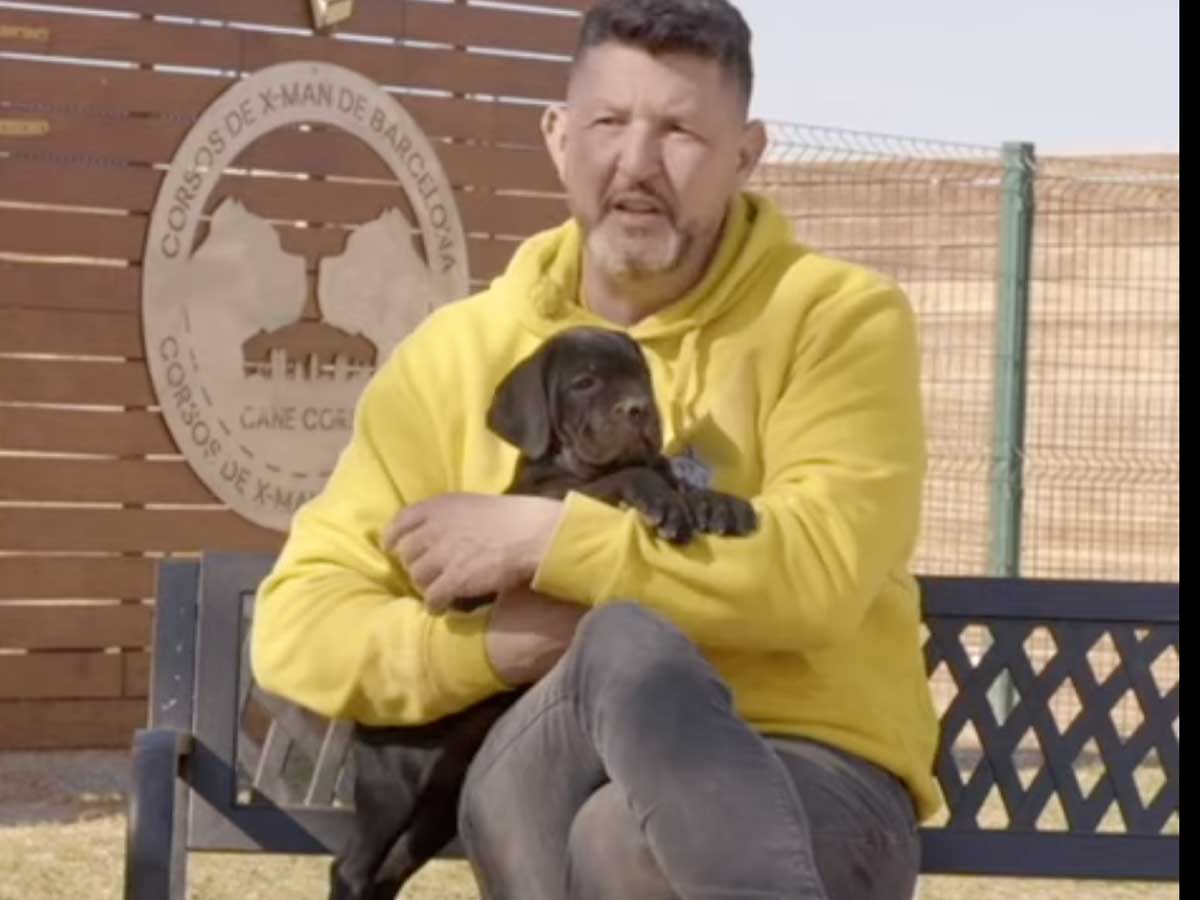How to Choose the Best Puppy in the Litter: Real Advice from Experience
Picking a puppy isn’t something you do lightly—especially if you’re not just looking for a pet, but a true companion, a working dog, a show dog, or a strong representative of the breed.
Let me walk you through a few key tips that can help you figure out how to choose the best puppy from a litter. And by “the best,” I don’t mean there’s only one good one and the rest are bad. All puppies can be amazing—but if you’re looking for top quality, you’ve got to pay attention to the right things.
What Should You Look for in a Puppy?
In this case, I had two puppies: a 40-day-old female and a 30-day-old male. Not from the same litter, but both black, with interesting structures. The smaller they are, the harder it is to see the real potential—but not impossible.
I always say there are four pillars to evaluate a puppy properly: health, character, socialization, and phenotype (physical quality).
1. Health: the #1 priority
Without health, there’s nothing else to discuss. Check if the puppy is active, strong, clean eyes and nose, good weight, and strong posture. A sickly puppy from the start can mean lots of problems later on.
2. Character: every pup has its own personality
There are tests like the Campbell Test that help evaluate personality traits. But honestly, if the breeder spends time with them every day, they already know who’s the dominant one, who’s timid, who guards food, who’s the playful one. That’s gold.
You also want to match character to purpose: guard dogs need confidence. Agility dogs need energy and focus. Family dogs need to be balanced and sociable.
3. Socialization: essential for mental stability
A dog that hasn’t been properly exposed to sounds, textures, people, other animals… will grow up scared. And a scared giant dog is a bad combo.
From around 3–4 weeks, a good breeder should already be working on this. And when the puppy comes to your home, it’s your job to keep going.
4. Physical Quality (Phenotype): structure and standard
Now let’s talk about the technical stuff:
-
The muzzle: it should be full and strong—not thin or narrow.
-
The eyes: not droopy like a Neapolitan Mastiff. The tighter and darker, the better.
-
The bite: in breeds like Cane Corso, underbites are normal and not fully defined until months later.
-
The paws and stance: feet should be well-aligned, tight, like a cat’s paw.
-
Body structure: not too long. Cane Corsos should be nearly square in shape.
Also, the rear angulation, tail insertion (should start where the back ends), and topline (back profile) are important.
So, which one’s the best puppy?
That depends on you. The biggest pup? That’s your choice—but biggest doesn’t mean best. And the smallest isn’t the worst either. In small breeds like Chihuahuas, being too big disqualifies them.
It all depends on your goal and what you expect from the dog.
In summary…
Before you choose a puppy, remember the 4 pillars:
-
Health
-
Character
-
Socialization
-
Physical quality
And if you’re looking at large breeds like the Cane Corso or the Italian Mastiff, these factors are even more important. Without proper emotional and social foundations, these dogs can develop serious behavioral issues later on.


